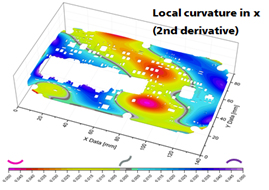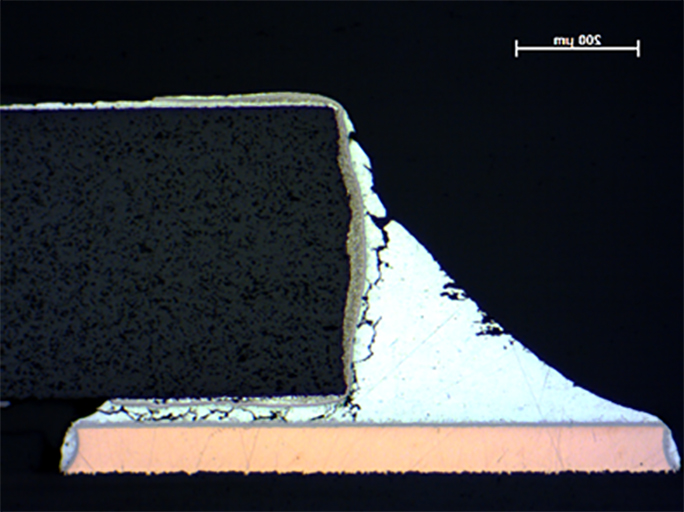Systemic and long-term effects on the reliability of soldered joints for future mobility


In light of the very high reliability and safety requirements, which are of particular importance for developing electronic systems in applications toward autonomous driving, a renewed interest in the reliability analysis and prediction for electronic interconnections can be stated. One focus is the endurance of lead-free solder joints. Theoretical modeling has been widely used to evaluate risks of thermo-mechanical induced failure in electronic systems. However, there are still limitations in complexity of the models both in regard of system geometry, e.g. complete mounted units, and evaluation criteria, which frequently do not consider system effects. Therefore, a methodology has been set up which combines measuring and simulation techniques for improved reliability evaluation on board and system level. An optical multi-sensor measurement system has been developed, which is capable of precise deformation measurements of boards mounted in automotive electronic control units (ECUs) from global level to local level. The high precision, which is above the currently applied solutions, allows in particular the measurement of component deformation down to nanometer range under system loading conditions. Additionally, software tools allow the determination of derived quantities like strains, local curvatures and local warpage radius. The latter can be taken as input for Finite Elements simulations. Another challenge of general interest is a mission profile transformation process down to relevant mechanical, thermal and electrical interface levels of affected components. The quality and precision of the acceleration models need to be re-investigated also for solder joints. To calibrate the theoretical models, a typical thermal field cycling test with automotive like slow temperature swings (20 / 90 °C) and a relatively long dwell time (6 hours) has been run for more than eight years. Figure 2 shows SAC solder joints cracking after eight years of cycles.
 Fraunhofer Institute for Electronic Nano Systems
Fraunhofer Institute for Electronic Nano Systems